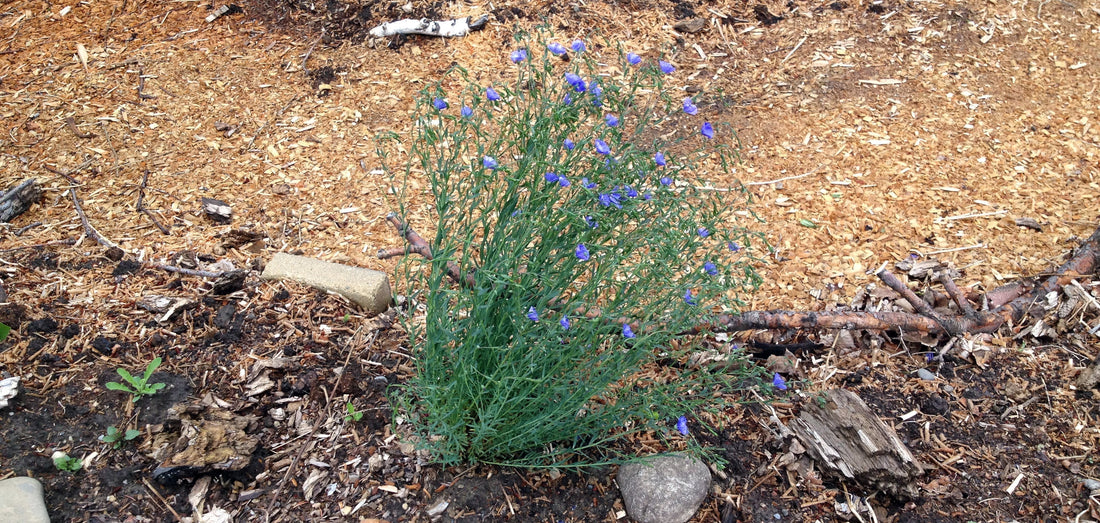
🌾 The War on Weeds
Share
Weeding may not be your favorite garden task, but it's a necessary part of establishing a wildflower garden—and it’s also a good excuse to spend time in the space, observe what's happening, and get to know the plants.
Any time you disturb the soil, you bring dormant weed seeds to the surface. A newly seeded wildflower area provides ideal conditions for weed germination, so it's no surprise when they show up in force. In the early stages of a planting, hand weeding regularly will reduce competition for light, water, space, and nutrients—giving wildflowers the time they need to get established.
Learning to Spot the Weeds
It can be difficult to tell which plants are weeds and which are wildflowers when you're faced with a patch of tiny green seedlings. That’s why it helps to learn about the problem weeds in your area before you start weeding—it can make the task far less intimidating.
Some weeds are short-lived annuals. These may fade out on their own or coexist peacefully for a while, even offering a bit of cover crop benefit in the early stages. The key is to remove them before they go to seed. This is the most effective way to prevent them from gaining a long-term foothold.
Know Your Aggressors
Other weeds are more ambitious—with plans to choke everything else out and dominate the site. While there are only a handful of truly troublesome weeds, it’s worth learning to identify them in their early stages so you can act quickly.
Some examples of invasive or aggressive species to watch for include:
- Canada Thistle
- Smooth Brome
- Creeping Bellflower
In contrast, there are hundreds of desirable native prairie plants that may arrive on their own. Getting familiar with the most persistent weeds—and knowing what they look like at various growth stages—will help you weed with confidence and purpose.
